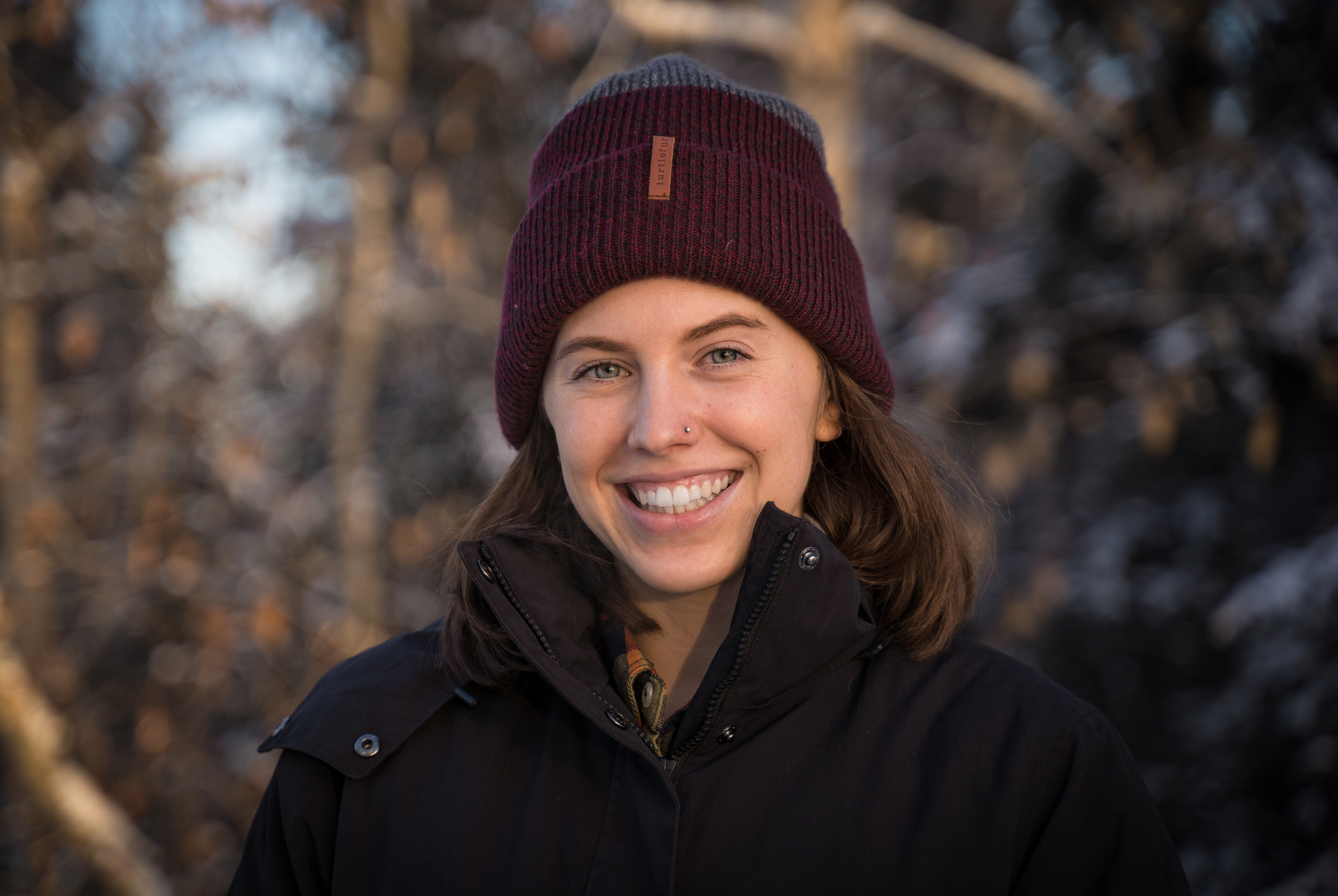Noelle Helder Spotlight - From the Caribbean to the Arctic

Alaska Sea Grant State Fellow Noelle Helder brings her experience in high-resolution coral reef habitat mapping to her work with the Arctic coastal mapping project at ACEP.
In 2016, Helder earned a bachelor’s degree in marine sciences from the University of South Florida. As an undergrad, she used her scientific diver certification to study the ecology of the Caribbean Sea. After graduating, Helder split her time between fieldwork in the Caribbean and guiding adventures on Alaska’s Kenai Peninsula. In summer 2021, Helder completed a master’s program at the University of Alberta in Edmonton. She focused on aerial and subsurface high-resolution habitat mapping of coral reefs across large spatial scales.
Helder was selected as an Alaska Sea Grant state fellow in summer 2021. Paired with ACEP for her fellowship, Helder uses her geospatial mapping skills to support ACEP’s coastal mapping project, which will inform the development of nearshore sustainable energy infrastructure in Alaska.
Helder’s work with ACEP is part of a greater global effort to map the world’s deep-water ocean floor by 2030 and shallow coastlines by 2040. The White House has responded to this effort and has committed to mapping the exclusive economic zones of the U.S. coastline in order to replace outdated nautical charts as soon as possible. It is up to government agencies and research groups like ACEP to achieve these goals.
“From an economic perspective, it is incredibly important to have these large areas of the U.S. territory mapped at a higher resolution than they currently are,” said Helder. “We rely on these coastal zones heavily for vessel traffic, commercial fishing and energy infrastructure. It’s crazy to me that we are still relying on hand-drawn nautical charts from the ’50s for these important areas.”
Helder is working on developing geospatial systems that streamline and scale mapping of Alaska’s dynamic coastline using the best available technology. The goal is to create an automated system that classifies shoreline characteristics and links topography mapping with shoreline mapping. To accomplish this, Helder is using photogrammetry, ship-based sonar and geospatial data to get started.
“The time to be doing this work is now,” Helder says. “With vast open-source geospatial data repositories like Google Earth Engine available at our fingertips, we are able to dramatically reduce the amount of time downloading and searching for data and spend more time focusing on the innovation of useful automated mapping systems.”
Helder enjoys working with an interdisciplinary team at ACEP. “I am an ecologist by training, and here I am working with computer scientists, computer engineers and oceanographers,” she said.
Feel free to reach out to Noelle Helder (nhelder@alaska.edu) with questions about her work.
Noelle Helder. Photo by Jeff Fisher


